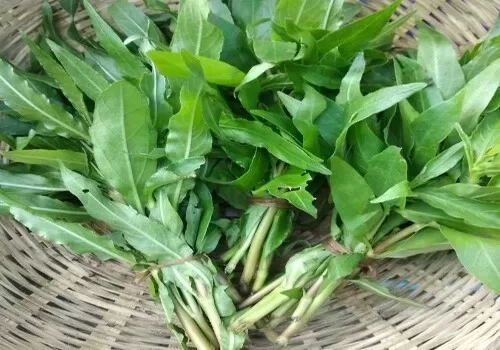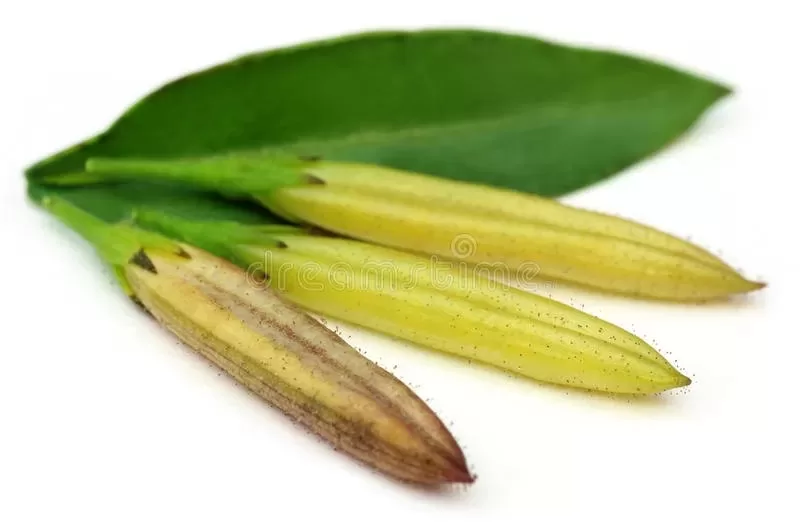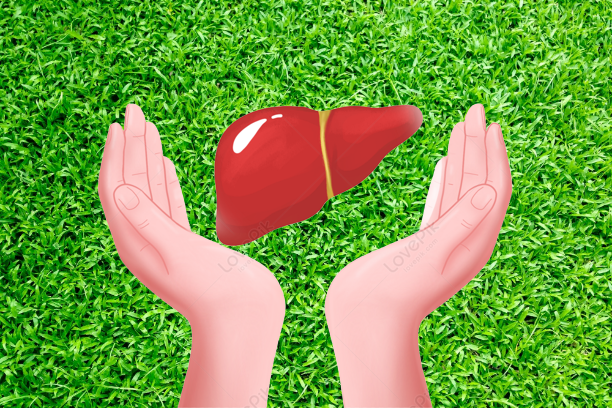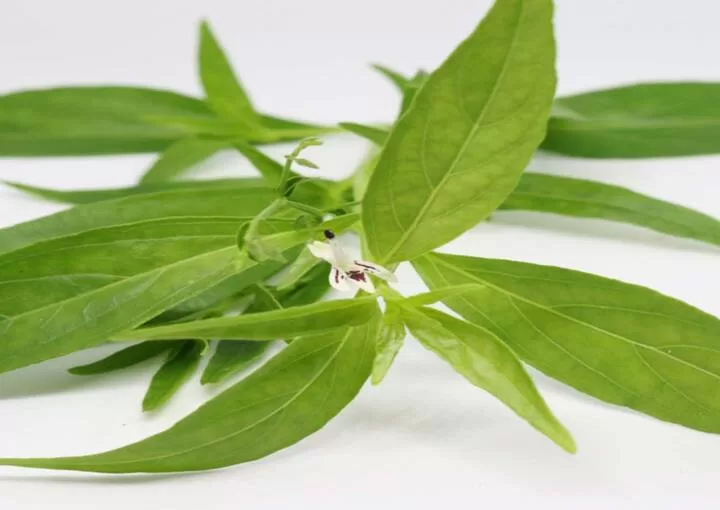I am sure that most of you have not heard about the wonders of Chirata. If God has given you a disease, he has also given you the tools to treat it and get better. Nature has given us amazing herbs that can boost our immune systems and protect us from the harsh effects of infectious diseases. These herbs come in the form of a disguised gift. One of the great herbs commonly known as the father of all medicinal herbs is Chirata
During the winter, there are a lot more flu and feverish diseases, like coughs, colds, sore throats, headaches, and so on. Ayurveda, the holistic science of healing, says that the Vata Doshas are in charge of the body’s general immunity. Because everyone’s immune system is different, those with a weak immune balance are more likely to get sick from the common cold virus.
Despite the popularity of modern drugs, many people prefer natural remedies, and, believe it or not, a decent immune system boost with herbs can actually reduce a variety of illnesses and feverish symptoms and improve general health and wellness. Chirata is a good herb with a bitter taste that is similar to neem and kalmegh in terms of its qualities and how well it works as a medicine.

What exactly is Chirata?
There are about 135 species of annual and perennial herbaceous plants in the genus Swertia. This genus is in the family Gentianaceae. Numerous herbal treatments have Swertia species as a common component. In India, 40 different kinds of Swertia have been found (Clarke, 1885; Kirtikar and Basu, 1984), but Swertia chirata is the most important one for its healing properties.
Roxburgh first showed S. chirata in 1814, but he called it Gentiana chirata at the time (Scartezzini and Speroni, 2000). S. chirata, often known as “Chiretta,” is a critically endangered medicinal herb that grows at high altitudes in the sub-temperate parts of the Himalayas between 1200 and 2100 m from Kashmir to Bhutan on shady slopes. It is on the verge of extinction in the wild due to its widespread usage in traditional medicine, which has led to its overexploitation in its natural environment.
In Sanskrit, S. chirata is also called Anaryatikta, Bhunimba, Chiratitka, and Kairata, in Arabic and Farsi, it is called Qasabuzzarirah, in Urdu, it is called Chiaravata, in Burma, it is called Sekhagi, and in Nepal, it is called Chirrato or Chiraita. This traditional medicine herb is best known for its bitter taste, which comes from its chemical components, such as amarogentin (the most bitter compound found to date), swertiamarin, swerchirin, and other bioactive compounds that are directly related to human health and well-being.
Due to overuse of its natural habitat, a small geographic range (Bhat et al., 2013), and problems with seed viability and germination that haven’t been solved, this important species is in danger of going extinct and we need to find ways to save it and keep it alive as soon as possible. Consequently, S. Chirata has been attracting a growing amount of interest from a variety of scholars, as evidenced by the number of articles emerging in the scientific literature.
But there isn’t yet a full study that describes the reported pharmacological properties, ethnomedical uses, and safety evaluations of S. chirata and shows the current gaps in knowledge. We detail the therapeutic applications and phytochemical qualities of S. chirata in this article.
What Ayurveda Says
Chirata is a well-known Ayurvedic plant that grows mostly in the subtropical Himalayan highlands between India and Bhutan. Its scientific name is Swertia chirata, and it is known for its unique bitter flavor. It typically grows to a height of 3 to 4 feet and produces purple-tinged, greenish-yellow blooms.
Chirata has powerful antipyretic, antioxidant, anti-inflammatory, hepatoprotective, laxative, vermicidal, hypoglycemic, cholagogue, and digestive properties. It is often used to fight infections, protect the liver, improve digestion, speed up the metabolism, treat skin diseases, help people lose weight, and do other things.

Typical Names Of Chirata
Bitter stick, East Indian balmony, Genciana de la India, Gentiana chirata, Chirette des Indes, Indian Bolonong, Indian Gentian, Swertia chirata, and Swertia chirayita are all names for this herb.
In the Indian subcontinent, this herb goes by the names Kirataka, Kiratatiktaka, Chirta, Chirata, Chireta, Kariyatu, Kaddi, Chirayat, Chiraita, Nelaveppu, Nelavemu, Kariyatun, Nalebevu, Bhunimba, Chirata, Kirayathu, Nilamakanjiram, Kiraita, Kaduchiraita, Chireita, Chiretta, and Kirata.
Chirata’s Ayurvedic Indications
The holistic science of Ayurveda recognizes this amazing herb for a wide range of uses, such as in case to fight Jvara (helpful for fever), Kustha (treats skin disorders), Deepana (increases stomach fire), Pachana (helps with digestion), Rochana (stimulates appetite), Anulomana (improves breathing), Prameha (controls diabetes), and Trutahara (gets rid of too many intestinal worms).
Chirata Biochemical Constituents
Chirata is chock-full of nutrients that demonstrate its remarkable health benefits. This herb contains alkaloids, antioxidants, and glycosides such as palmitic acid, oleic acid, stearic acid, chirtol, chiratanin, xanthones, gentiopicrin, swertiamarin, swertanone, amarogentin, swerchirin, and other chemicals.
The Medicinal Values Of Chirata
Anti Parasitic Action -Treats Fever
Due to their strong anti-parasitic effect, chirata leaves stop the malarial parasite from growing in its ring stage, stopping the infection from spreading. Chirata is a very effective way to treat and manage many types of fever, hysteria, and seizures, in addition to curing malaria. Additionally, it decreases bodily discomfort, headaches, and other underlying fever symptoms.
Promotes Weight Loss
The presence of flavonoids in dried chirata leaves accelerates the body’s fat loss. Formulations of this bitter herb, which are high in fiber and important nutrients, can be a key part of a plan to lose weight because they stop hunger pains quickly and keep people from eating too much. The herb also stops low-density lipoproteins (LDL, or bad cholesterol) from building up in the body. This improves the body’s metabolism and helps it keep its weight.
Constipation
Chirata has a potent laxative effect. Chirata’s laxative effect can stimulate bowel movement and aid in waste elimination. The “rechana” or “laxative” quality of Chirata helps facilitate the elimination of waste from the body. as a result of Vata and Pitta dosha aggravation. Constipation may be caused, among other things, by excessive consumption of high-quantity tea, junk food, staying up late, coffee, stress, or anxiety in people.

Cures Liver Disorders
Chirata, like the bitter Kalmegh and Neem leaves, has powerful hepatoprotective and hepatostimulative effects. This makes it a miracle cure for jaundice, a condition that mostly affects the liver. The powerful herb helps the liver work by making more bile, which helps the liver enzymes get back to normal levels. In addition, it purifies and detoxifies the liver and enhances liver function.
Manages Diabetes
The amazing hypoglycemic property of chirata is a key part of controlling the blood sugar levels in the body. When chirata formulations are ingested, the pancreatic cells increase insulin production. It stops starch from being turned into glucose, which lowers blood glucose levels and helps people with diabetes manage their condition.
Anti-Infection Protection
Because it has powerful biochemical ingredients, this herb has been used to fight pathogens and protect the body from a wide range of illnesses since ancient times. Chirata is used not only to remove bacteria or germs from the body but also to treat and heal wounds due to its anti-viral, anti-bacterial, and antifungal properties. Chirata is used not only to remove bacteria or germs from the body but also to treat and heal wounds due to its anti-viral, anti-bacterial, and antifungal properties.
The anti-inflammatory, anti-bacterial, and anti-asthmatic properties of this plant’s leaves are very important in treating cold, cough, and flu symptoms. It also thins and loosens rheumatoid deposits in the chest and nose, making it easier to breathe and helping the body get rid of mucus faster.
Purifies blood
Powered by antioxidant, antibacterial, and anti-inflammatory qualities, chirata purifies the blood. Due to its tikta (bitter) flavor and pitta-balancing properties, it helps control skin problems by removing toxins from the blood. It also aids in the treatment of eruptions, boils, acne, eczema, pimples, and scabies by regulating rashes, itching, inflammation, and redness,
Facilitates Digestion
Chirata is a great way to help your stomach feel better because it both breaks up gas and helps digest food. The anti-flatulent effect stops gas from being made in the digestive tract, which reduces flatulence, constipation, bloating, and abdominal distension. The antacid property of the herb stops the stomach from making too much acid. This makes it easier for the body to take in nutrients and helps treat indigestion, ulcers, and gastritis.
Removes intestinal Worm
Chirata Dust, derived from grinding the dry plant and taken as a powder, is used in Ayurvedic medicine. Daily consumption of this substance can aid in the treatment of worm infestations. Here are some ways to include chirata powder in your everyday diet.
Each day, consume 1–6 grams of chirata to eliminate worm infections. However, you can adjust the amount of consumption according to your needs. Mix the right amount with lukewarm water and drink this every day to keep your health in good shape.
Chirata Infusion
Chirata is a bitter-tasting herb that can provide significant constipation relief. Here is how you can eliminate your stomach problems:
Bring a cup of water and some raw or dried chirata to a boil in a saucepan. Reduce this mixture by one-fourth of its original volume. After the mixture has been prepared, strain it and drink 3 to 4 teaspoons of it twice daily.

Leaves of Chirata
The leaves of Chirata are loaded with numerous health benefits. For instance, the antipyretic property might help your body resist extreme temperatures.
Create a paste using a substantial quantity of chirata leaves. These leaves should be consumed with lukewarm water to prevent fever symptoms.
Chirata Paste for Treat Acne and Whiteheads
Chirata can aid in the treatment of acne and pimples. This herb’s “kapha” and “pitta” qualities can eliminate blockages and relieve inflammation. Combine chirata powder with honey or rose water to form a paste.
Apply this paste to your face and allow it to sit for fifteen to twenty minutes. Thoroughly cleanse the face with water. This paste can be utilized on a regular basis. This paste makes it simple to eliminate acne and pimples, as well as fine lines and wrinkles.
Chirata Paste for Skin Pathology
Eczema is a skin disorder that can cause, among other symptoms, rough skin, blisters, bleeding, and itching. Chirata’s “Ropan” and “Sita” characteristics can assist you to overcome this illness. Consume 1 to 6 g of Chirata Powder. You can tailor the quantity to your exact specifications. Combine the powder and coconut oil to form a paste. Apply the paste on the skin and leave it on for four to five hours. This paste can aid in the elimination of persistent skin issues.
Dosage
The exact amount of chirata a person needs to heal can vary from person to person based on their age, severity, and health. But too much of it can make you throw up, get low blood sugar, and get sick with symptoms like dizziness, tingling in your hands and feet, etc. symptoms and suggest the right dose for a certain amount of time.
Chirata Powder: Mix 1–3 grams with lukewarm water twice a day, or as an ayurvedic or regular doctor tells you.
Take 1 tablet or capsule of Chirata twice a day, or as an ayurvedic doctor tells you to.
Chirata Adverse Reactions
When taken in the right amount, this bitter plant, which has powerful bioactive parts, hasn’t been shown to cause any harm. In excess, however, it can cause vomiting, hypoglycemia, and illnesses such as dizziness, numbness in the hands and feet, etc.
Conclusion
Chirata is one of these bitter herbs that provide numerous health benefits. This herb can be used to treat the flu and fever, help you lose weight, protect you from getting sick, improve your digestion, and ease liver problems. This herb has a lot of uses as a first-aid treatment for most of the illnesses that people get every day. Numerous simple home remedies allow you to fix a lot of health problems at home without going to a doctor In the past, when hospitals and modern medical facilities were scarce and inaccessible to the vast majority of villagers, Churata was utilized to treat a variety of diseases with unbelievable success.

Disclaimer: This information is for educational purposes only, and no medical advice should be inferred from it. Before changing your diet or adding supplements, please talk to your doctor.
The author’s views are his or her own. The facts and opinions in the article have been taken from various articles and commentaries available in the online media and Eastside Writers does not take any responsibility or obligation for them.
Note: Contact our Writers at www.eastsidewriters.com for writing Blogs/Articles on any niche. We have experts in various domains from Technology to Finance and from Spirituality to Lifestyle and Entertainment.







Wow great beauty tips!